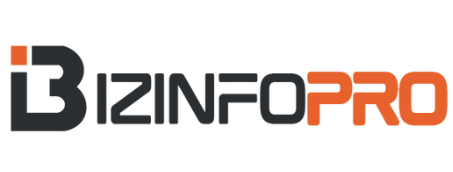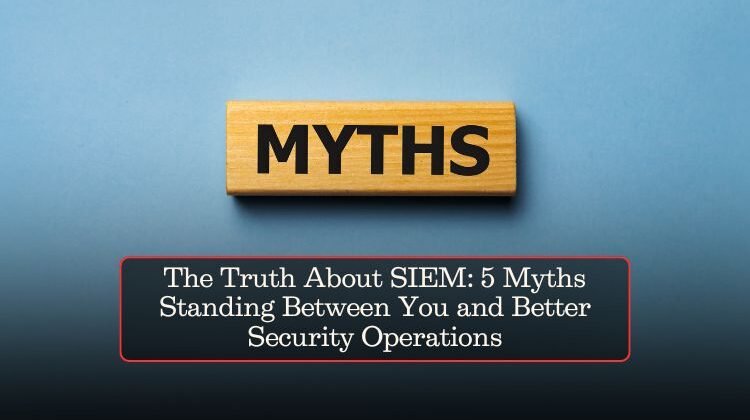
The Evolving Landscape of B2B Sales
In a market saturated with information and digital noise, sales teams can no longer afford to rely on cold calls or generic outreach. Buyers today are more empowered, self-educating, and selective about whom they engage with. This evolution has given rise to a new cornerstone of modern selling: intent signals.
Intent signals are quietly revolutionizing how sales conversations happen. They offer insights into when, why, and how potential buyers are showing interest—allowing sales professionals to reach out with precision, empathy, and relevance. The result? Shorter sales cycles, higher conversion rates, and better alignment between marketing and sales.
What Are Intent Signals?
Intent signals are behavioral cues that indicate a prospect’s interest in a particular product, service, or solution. These signals are captured from various digital touchpoints such as:
- Web searches
- Content downloads
- Ad clicks
- Website visits
- Social media engagement
- Product reviews
- Webinar participation
Collected and analyzed at scale, these signals help build a real-time picture of buyer readiness and purchase intent. Instead of relying solely on static demographics or firmographics, sales teams can now act on dynamic behavioral insights that reflect actual buying interest.
From Guesswork to Precision Targeting
Traditional sales approaches often rely on guesswork—hoping to reach the right person at the right time. Intent signals eliminate much of that uncertainty. By identifying prospects actively researching topics relevant to your solutions, sales professionals can focus their energy where it truly matters.
For example, if a decision-maker from a mid-size fintech company is regularly engaging with cloud security whitepapers, visiting competitor websites, and attending webinars on data protection, these behaviors collectively form a strong intent signal. Armed with this information, your sales team can tailor outreach that speaks directly to their current challenges.
This shift from broad outreach to precision targeting allows for more meaningful conversations and a stronger chance of conversion.
The Rise of Predictive Selling
Intent signals also play a crucial role in predictive sales models. With AI-powered tools, sales teams can analyze past interactions and current behaviors to anticipate future actions. This allows organizations to:
- Prioritize leads with the highest likelihood to convert
- Identify accounts moving through the buying journey
- Predict churn or upsell opportunities
- Allocate resources more efficiently
Predictive selling transforms how sales teams operate. Instead of reacting to pipeline gaps, they proactively engage high-value prospects who are already showing buying intent.
Crafting Personalized, Relevant Outreach
Generic emails and scripted sales pitches are no longer effective. Today’s buyers expect personalized communication that addresses their specific needs and stage in the buying journey.
Intent data provides the context needed to do just that. By understanding what topics or solutions a prospect is engaging with, sales reps can craft messages that feel timely and relevant.
Examples include:
- Referencing a recent piece of content they interacted with
- Offering a case study that aligns with their industry
- Providing insights that address their current pain points
When sales conversations are rooted in relevance, they build trust faster and progress more smoothly through the funnel.
Enabling True Sales and Marketing Alignment
One of the biggest challenges in B2B organizations has always been the disconnect between sales and marketing. Intent signals act as a bridge between the two departments.
Marketing teams can use intent data to run targeted campaigns and generate more qualified leads. At the same time, sales teams gain deeper visibility into which accounts are engaging with marketing efforts and how.
This shared insight creates a unified view of the buyer journey, enabling more coordinated strategies, smoother handoffs, and consistent messaging. It also allows teams to adjust in real time based on what’s working—leading to higher ROI and stronger collaboration.
Real-Time Engagement with High-Intent Prospects
Timing is everything in sales. Intent signals empower sales reps to engage prospects when they are most interested, increasing the likelihood of a positive response.
Consider a prospect who has just downloaded an industry-specific buyer’s guide or visited your pricing page multiple times within a short span. These are indicators of high intent, and reaching out at this moment—rather than a week later—can make all the difference.
Sales enablement tools that integrate intent data often include real-time alerts, allowing reps to act fast and strike while the iron is hot. This agility is a game-changer in fast-moving B2B sales environments.
Qualifying Leads More Effectively
Lead scoring has long been a method for prioritizing opportunities. However, traditional lead scoring models often rely on static inputs that don’t reflect real buying interest.
Intent signals bring a behavioral layer to lead scoring, helping sales teams separate curious browsers from serious buyers. A lead that fits the right profile and shows strong behavioral intent is far more valuable than one with just a high-level demographic match.
This helps organizations focus on quality over quantity—improving efficiency and closing rates.
Building Long-Term Relationships, Not Just Quick Wins
While intent signals are powerful for initiating smarter sales conversations, their value doesn’t end after the first call or deal close. By continuously monitoring intent data, companies can:
- Identify upsell and cross-sell opportunities
- Spot early signs of dissatisfaction or churn
- Stay connected with accounts over time
This ongoing insight helps sales and customer success teams nurture relationships, ensuring that value is delivered throughout the customer lifecycle.
Embracing a Smarter Way to Sell
As the B2B landscape grows more competitive and buyers become more discerning, intent-driven sales strategies are no longer optional—they’re essential. By leveraging intent signals, organizations can engage prospects with greater relevance, respond with greater speed, and convert with greater efficiency.
Smart sales conversations don’t happen by chance—they are powered by data, timing, and empathy. Intent signals provide the foundation for all three.
Explore more expert insights on how data, digital transformation, and smart technologies are reshaping business strategy. Stay updated with the latest trends at BizInfoPro.









